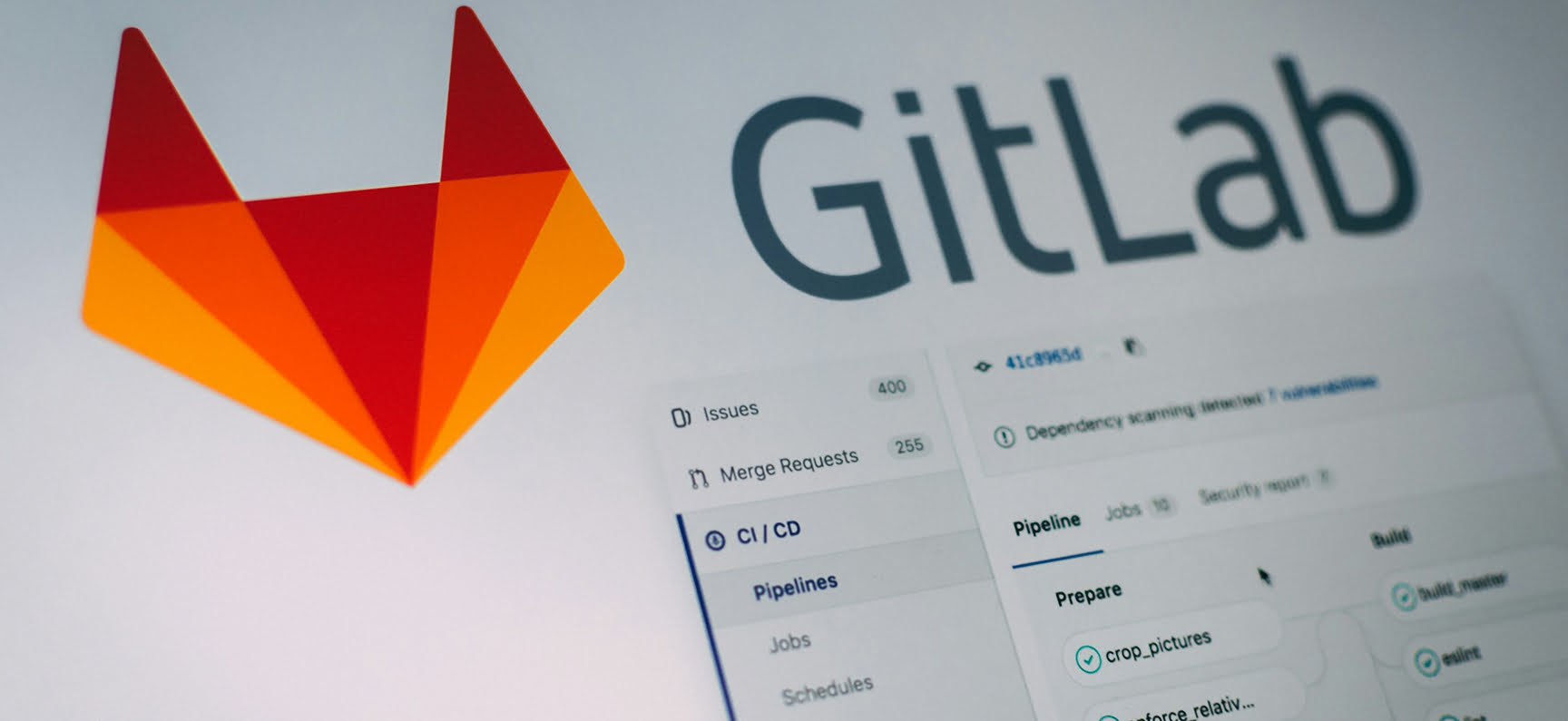DevOps is the key to unlocking efficiency and collaboration in modern software development. Developers and operations teams now work hand-in-hand to streamline processes, boost performance, and ensure continuous delivery of high-quality products. To succeed in DevOps, mastering the best DevOps practices is essential. Implementing DevOps best practices like infrastructure as code and automated monitoring can significantly enhance scalability and system performance. This guide will highlight the top 10+ best practices DevOps that every developer should be well-versed in to create better workflows, faster deployment, and more reliable applications.
What is DevOps All About?
The idea here is to involve a set of development (Dev) and operations (Ops) practices that improve collaboration between software development teams and IT operations. DevOps automates the entire software delivery process from source code to production and emphasizes collaboration between different teams. Faster execution of the DevOps process can help prevent errors and improve the quality of applications in the enterprise. Adhering to DevOps best practices can ensure cooperation among different teams, reduce the reoccurrence of mistakes, and ease deployments.
Why DevOps is Crucial
The need for faster and more definitive software releases is ever-increasing in today's quickly-moving digital landscape. To meet these demands, DevOps plays a crucial role, which involves:
- Faster deployment of new features to the market
- Increasing collaboration between development and operations teams
- Improving the reliability of software through continuous integration and monitoring
- Increased productivity by automation of repetitive tasks
The DevOps lifecycle promotes smooth team collaboration, enabling constant integration and delivery of top-quality software. Adhering to DevOps best practices, like continuous integration and automated testing, enables teams to release software updates more quickly and reliably. Without further ado, let's explore the key DevOps best practices every developer should be familiar with.
Key DevOps Practices for Successful Implementation

This section will cover the most important practices to master for a seamless DevOps transformation and implementation, whether you're handling it in-house or partnering with DevOps Implementation Services.
Agile Methodologies for Project Management
The common core of DevOps — agile methodology encourages teams to respond to change quickly and work closely together to meet frequently accommodated requirements. Both methodologies separate projects into bite-size workloads, helping you better define and run with your sprint tasks for smoother project execution.
Shift Left with CI/CD for Early Testing
Continuous Integration, as well as Continuous Delivery (CD) are essential pillars of DevOps success. Shifting left involves integrating testing early in the development process, allowing teams to catch and resolve issues before they escalate into larger problems. CI/CD pipelines automate the integration tests and deployment process, allowing developers to focus on code quality and speeding up delivery. By partnering with DevOps Engineering Services, teams can implement CI/CD pipelines that optimize testing and deployment processes, enabling faster, more reliable software releases.
Select the Best Tools for the Job
The DevOps toolset is vast, but selecting the right tools is essential for success. Popular tools like Jenkins, Docker, Kubernetes, and Ansible play key roles in automation, configuration management, containerization, orchestration, and provisioning infrastructure. Developers should stay updated on the latest tools that best fit their project’s needs while avoiding the temptation to jump on every new tool.
Automate Processes to Improve Efficiency
There's a lot to gain from automating any part of the entire application lifecycle, from committing code and building tests all the way through monitoring. DevOps includes automation as the core concept this work includes automating repetitive tasks, ranging from building and testing code to provisioning infrastructure and monitoring, as well as applying patterns to speed innovation. Automation eliminates much of the chances for predictable delays from human intervention and facilitates scaling teams more easily.
Continuously Monitor DevOps Pipelines and Apps
Real-time monitoring is vital for detecting issues promptly and keeping the DevOps pipeline running smoothly. Implementing continuous monitoring practices allows teams to identify bottlenecks, security vulnerabilities, and performance issues. Widely-used tools such as Prometheus, Grafana, and Nagios can be integrated into DevOps pipelines to monitor applications and cloud infrastructure in real time.
Increase Observability Across Systems
Observability goes beyond basic monitoring. It involves collecting and analyzing data from logs, metrics, and traces to understand what’s happening across your systems. Increasing observability helps in identifying and resolving issues faster, enabling developers to create more reliable applications. Partnering with DevOps Managed Services allows teams to enhance observability across complex environments, ensuring that issues are addressed proactively and infrastructure performance is continuously optimized.
Gather Feedback Throughout the Process
Continuous feedback stands as one of the primary cornerstones of DevOps, and it is responsible for prompting continuous enhancement and improvement in every part of the development activity. Opening for a learning mindset that meets customer needs, combine with these new ideas with feedback to coach teams on embedding the right UI/UX and best practices for implementing features to solve problems. That feedback loop between operations and development, which also creates a lovely interdependent plus iterative process outcome, should be owned for this reason. DevOps Support Services help with the feedback loops so that teams get insights to detect and isolate issues early and to improve the performance across the development lifecycle.
Promote a DevOps Culture Shift
A successful DevOps implementation isn’t just about tools and processes—it’s about culture. Teams need to embrace a culture of collaboration, shared responsibility, and continuous learning. This culture shift can break down silos between development and operations teams, ensuring that everyone works together toward a common goal.
Set Up Automated Testing Systems
Automated testing is essential for ensuring software quality and preventing bugs from slipping into production. Unit tests and integration tests can all be automated within CI/CD pipelines. Tools like Selenium, JUnit, and Cypress help automate these processes, allowing teams to run tests continuously with minimal manual intervention.
Integrate Security from the Start
Security should be integrated from the very beginning of the DevOps lifecycle. This approach, called DevSecOps, guarantees that security is integrated from the start rather than being an afterthought. By incorporating automated security tests and vulnerability scans into the CI/CD pipeline, teams can catch potential security issues early and resolve them before they affect the production environment.
Leverage Infrastructure as Code and Push for Self-Service Infrastructure
Infrastructure as Code (IaC) enables developers to automate the management and provisioning of infrastructure using code, eliminating the need for manual processes. Tools such as Terraform and AWS CloudFormation automate infrastructure provisioning, ensuring environments are consistent, scalable, and easily reproducible. Additionally, promoting self-service infrastructure empowers teams to manage their own environments without waiting for approval from the IT department, aligning with cloud DevOps best practices. Each stage of the software development lifecycle is vital to ensuring the final product aligns with the client’s needs.
DevOps Pitfalls to Avoid
While DevOps offers numerous benefits, there are common mistakes that teams should avoid to ensure a smooth implementation.
Don’t Isolate the DevOps Team
One of the biggest mistakes is creating a separate DevOps team that operates in isolation from development and operations. DevOps is about collaboration, so isolating teams defeats the purpose of the methodology. Instead, integrate DevOps into all departments and promote cross-functional collaboration across the entire system, fostering a successful DevOps approach.
Avoid Overhauling Everything at Once
It can be tempting to overhaul your entire software development process at once. However, this approach can lead to chaos. Instead, adopt DevOps practices gradually, starting with small services and independent services, and build on those successes.
Don’t Chase Every New Tool
The DevOps landscape is flooded with tools, and it’s easy to get distracted by the latest trend. However, not every tool is suited to your project’s needs. Focus on using tools that solve specific problems, and avoid chasing new tools just for the sake of it. Ensure they integrate well with version control systems like Git or SVN to maintain control and improve version control throughout your devops process.
Don’t Sacrifice Quality in Favor of Speed
Though DevOps focuses on speed and efficiency, maintaining software quality should always remain a top priority. Ensure that thorough testing, code reviews, and security checks are in place, even when the pressure to release quickly is high. Consistently improving product quality is key to increasing customer satisfaction and building long-term loyalty. Monitoring DevOps metrics and key performance indicators (KPIs) will help track the balance between speed and quality while avoiding security breaches.
Commit to Continuous Improvement
Embracing a DevOps transformation allows companies to close the gap between developers and operations teams, enhancing collaboration and overall efficiency. DevOps is not a one-time initiative; it's a continuous journey of improvement and adaptation. Constantly seek opportunities to enhance processes, integrate customer feedback, and streamline workflows for better efficiency. The dedication to continuous improvement is what distinguishes successful DevOps teams and gives them a competitive advantage.
What’s Next: Implement Profitable DevOps Practices with Artjoker

Frequent code reviews and collaboration tools, which are common DevOps best practices, would help to continue to maintain the quality of the code across microservices and also team communication! Artjoker has spent years honing the ability to help companies implement a reliable DevOps pipeline designed specifically for what they need. Our experts will assist you whether you are just starting on your DevOps journey or looking to refine and evolve your current processes. From CI/CD implementation automated testing to Infra as code, we have it all covered and serve you the best DevOps has to offer.
FAQs
How does automation play a role in DevOps best practices?
Automation eliminates the manual work in DevOps. Also, it maintains consistency and deploys fast with fewer errors.
What is the role of collaboration between development and operations in DevOps?
DevOps just get the right people together to make sure business runs quickly and smoothly as possible without having silos getting in between. This ripple effect of communication + shared goals + culture = easier/safer software to develop.
How can DevOps improve the scalability of applications?
Automating infrastructure provisioning, continuous monitoring, and a microservices architecture part of DevOps are its key components that assist scaling. This helps teams scale applications more easily across the increasing number of nodes and to respond quickly to fluctuating workloads.
Conclusion
The fast software release is your world right now, and to excel in this, it is mandatory to understand DevOps principles and practices as a developer or team. In turn, this allows developers to set automation and automated processes with the same system and collaborate through the collaboration features that support during workflows from creating testing applications placed in-between build-rested quality going to deployment (deliver good functional rested apps) up to continuous improvement toe-to-toe. Prevent issues from occurring, align with a DevOps culture, and optimize processes.
Similar articles
View allyour business
together
- PROJECT INQUIRIES info@artjoker.net
- CALL US +1 213 423 05 84
contact us:











